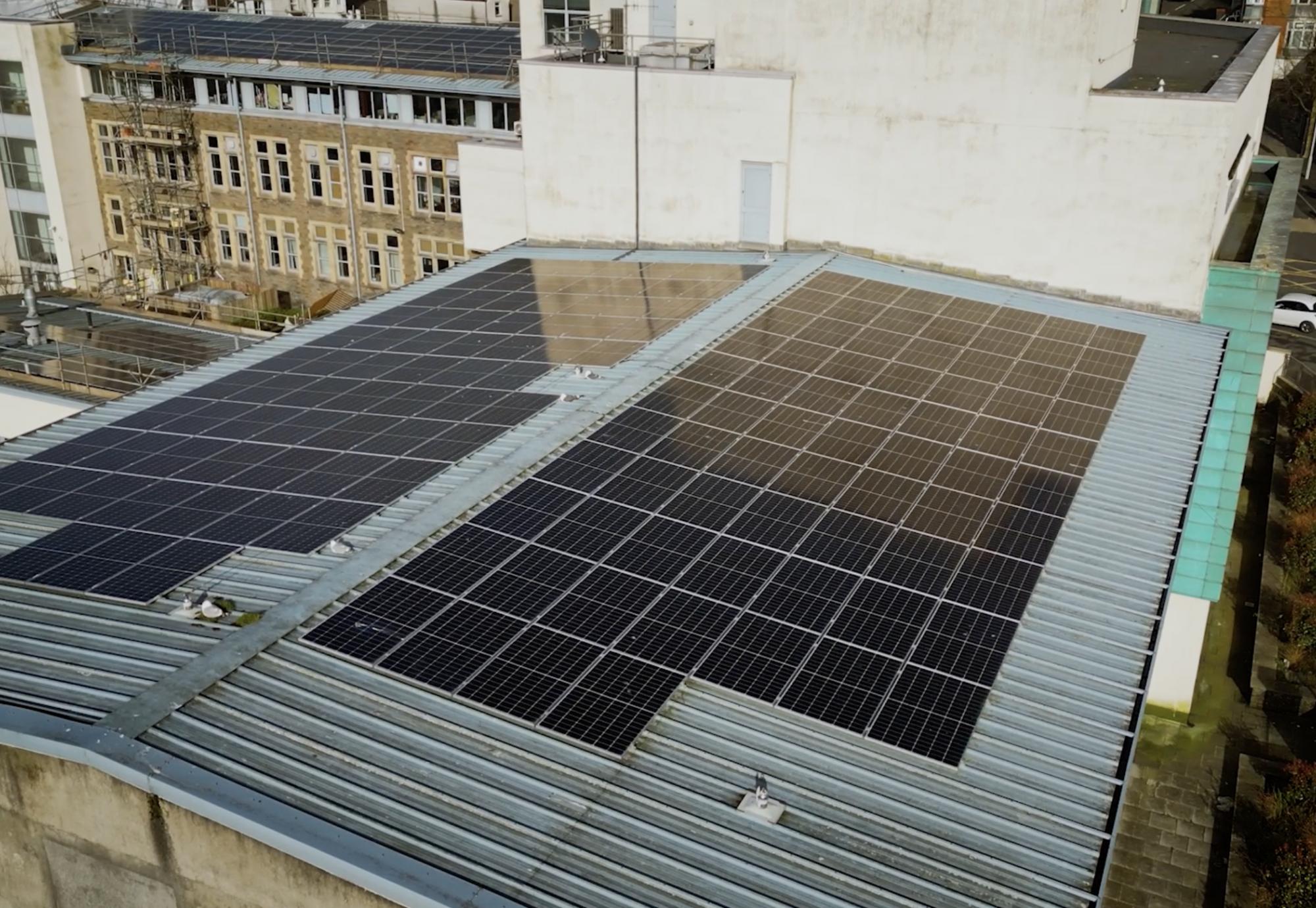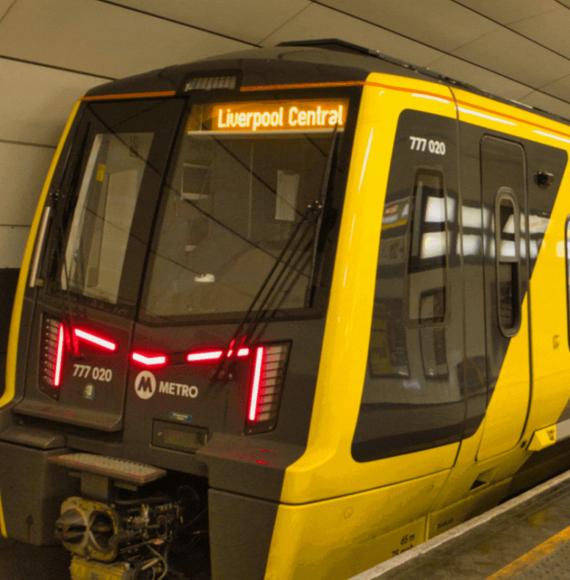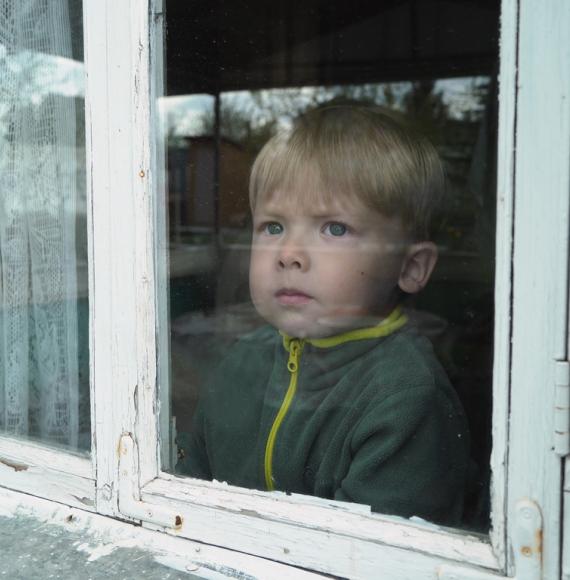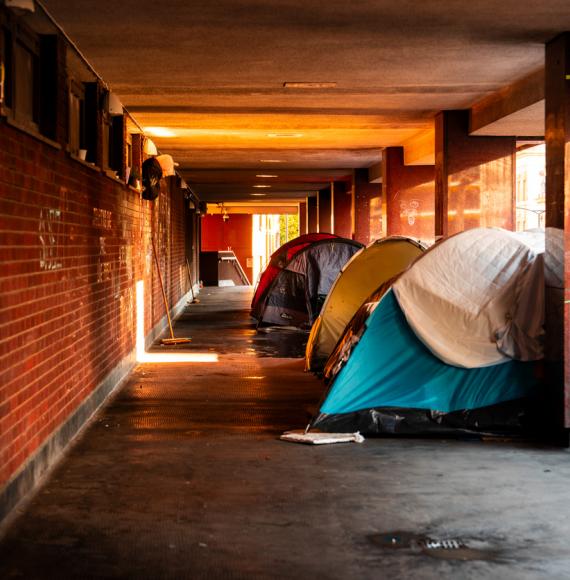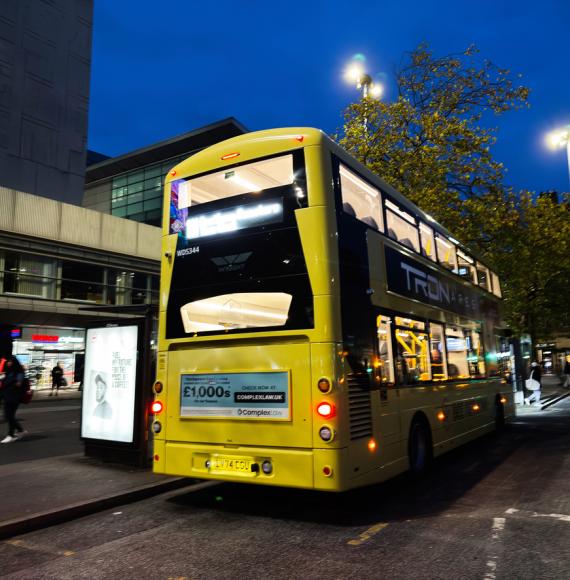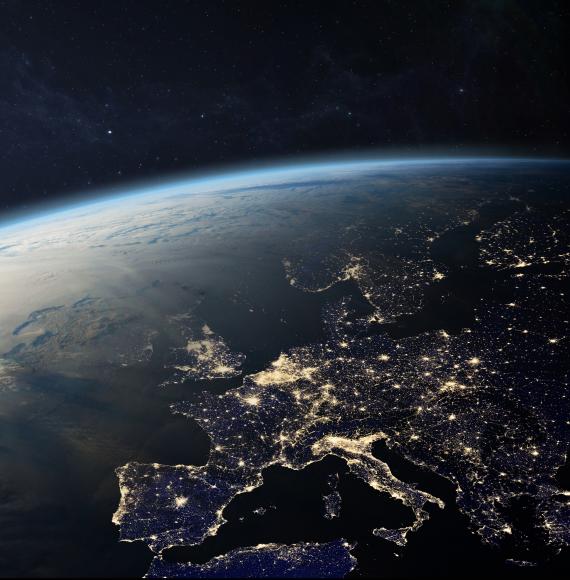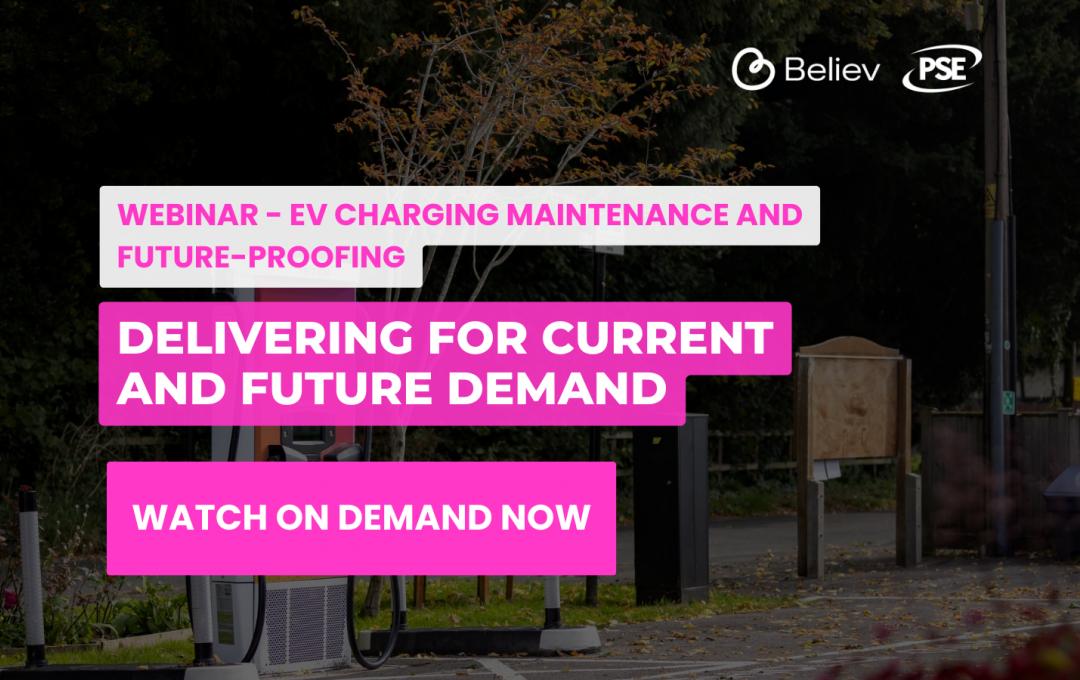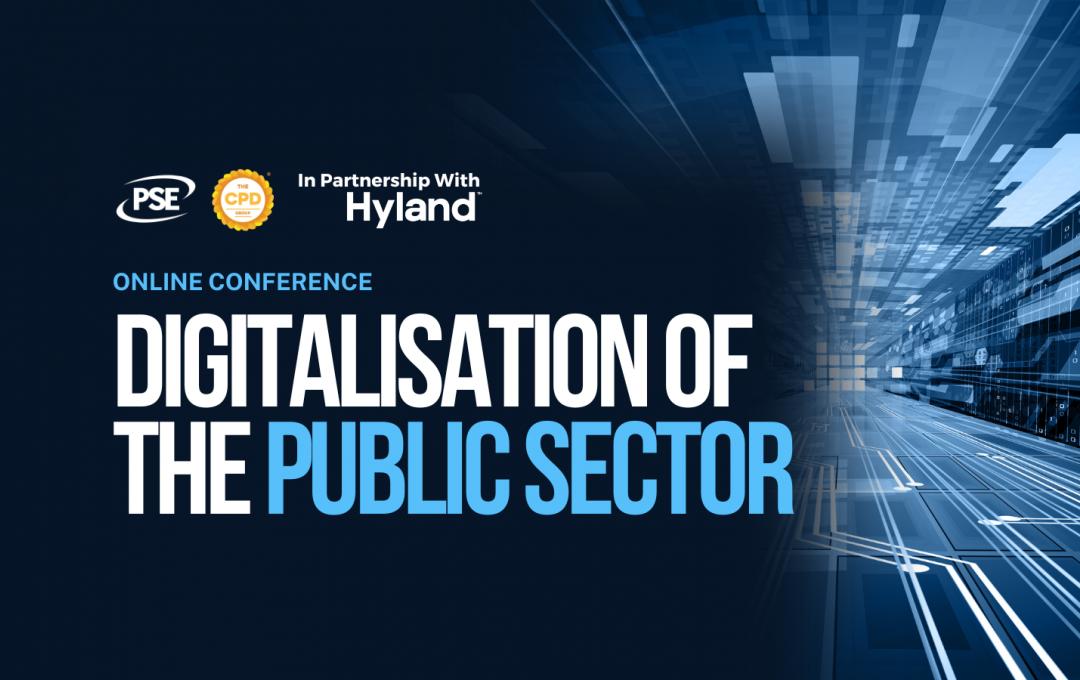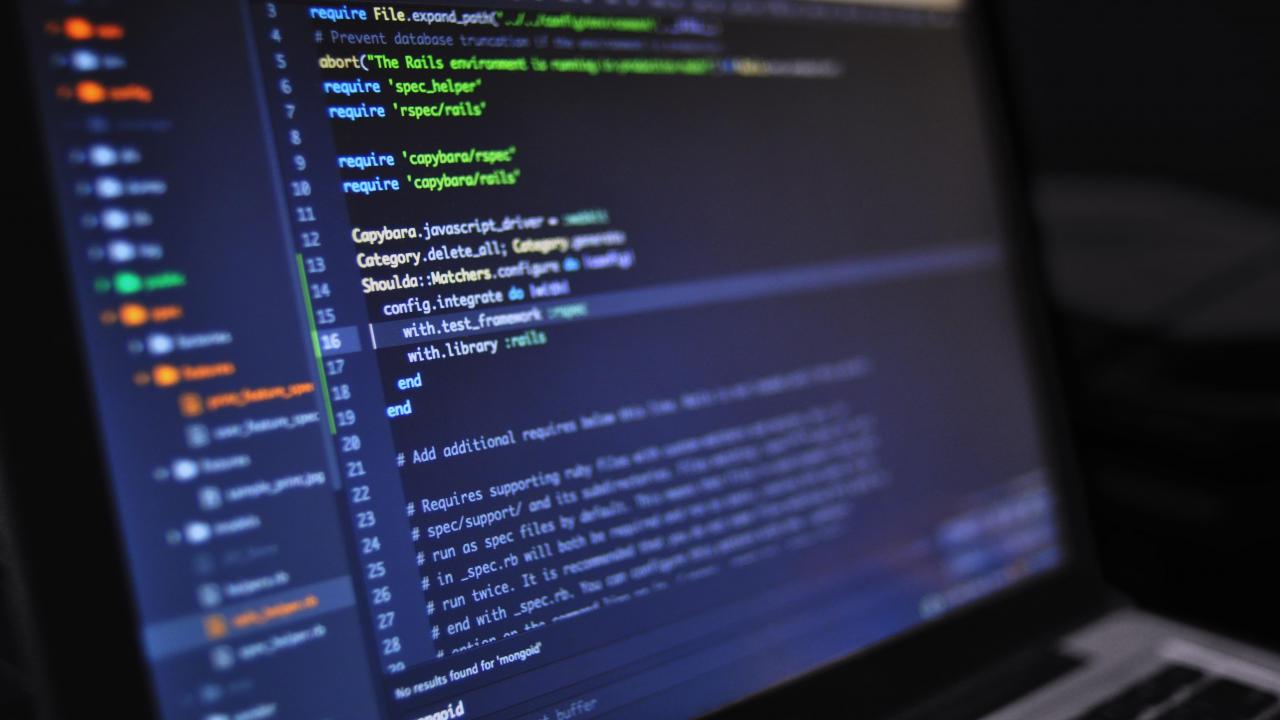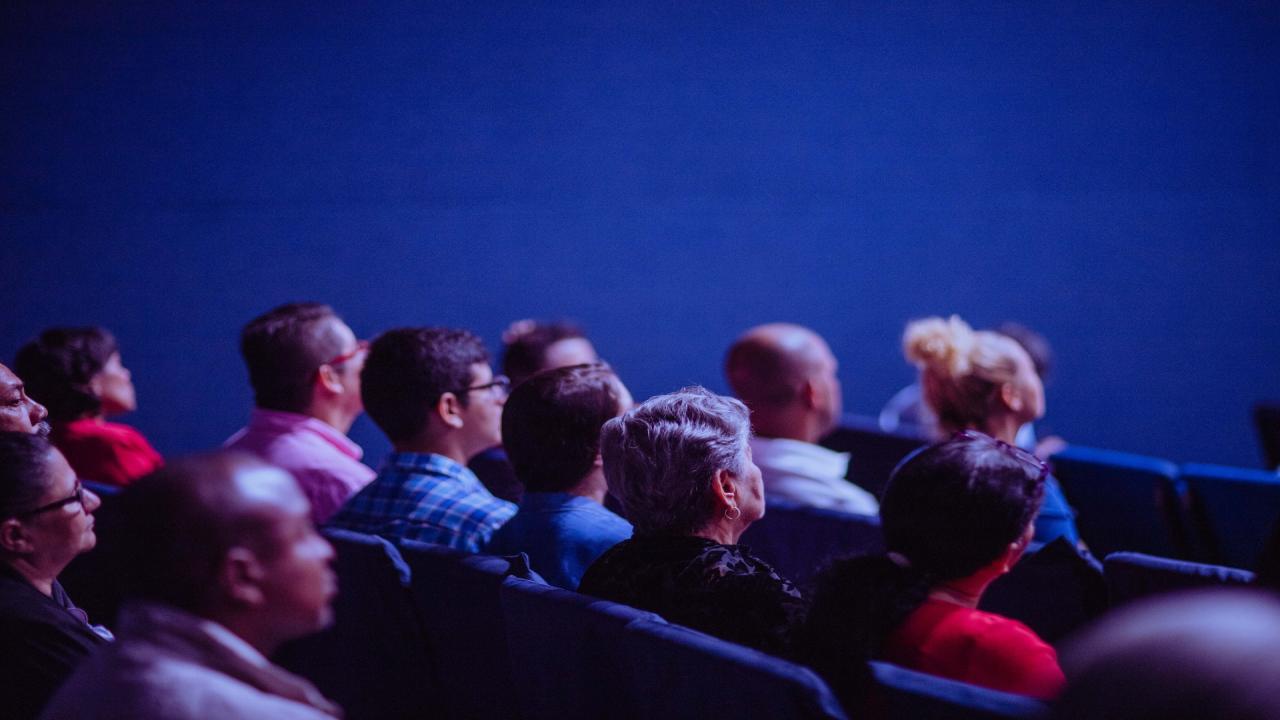The Energy Consortium (TEC) supported the University of Wales Trinity Saint David (UWTSD) in tackling that question – and came up with an answer that can inspire others to meet the expectations of a new generation of students.
Students rate action over words
Educational organisations are under pressure to accelerate their journey to Net Zero. In a survey conducted by the Times Higher Education students raised their voices loudly and clearly.
They said that in choosing an educational organisation, one of their top criteria was a commitment to not just offering sustainability-focussed courses, but actioning a sustainability plan that reduces carbon emissions on campus. Of course, as in any sector, one of the most impactful changes these organisations can make to reduce their emissions is to generate their own renewable energy. And with electricity and gas currently being their greatest line of expenditure, they can also significantly reduce their costs – a welcome benefit in a challenging economy.
Generation for a new generation
Like most educational organisations, UWTSD has pledged to align with the Welsh and UK Governments’ ambition to reach Net Zero by 2050. But they’re also listening to their students.
Dan Priddy, Finance and Business Performance Manager UWTSD, “We’d already done many of the quick wins: like switching to LED lightbulbs, installing time switches and optimising our heating systems. It was time to look at how we could overcome the barriers to realising bigger ideas, like self-generation, that can make a bigger difference. After all, we’re in the business of teaching students to think out of the box, so we needed to lead the way.”
Compare and contrast the barriers
Some barriers to self-generation are common to organisations across sectors. The initial cost outlay for the equipment, for example, or the time required for installation.
Paula Ponting, Member Services Advisor of TEC, explains, some of the hurdles that the education sectors can face. “Procurement can be a complex process, requiring additional investment, time and expertise. Access for installation can be difficult, too, as the priority in term time must be to maintain the safety, continuity, and convenience of the student experience. Then, of course, there’s pressure on budgets, with the current uncertainty and flux, as well as competing demands for funding, from digitisation to diversity.”
An energy partnership
Paula continues: “The key to unlocking this opportunity, at speed, is the Framework that TEC offers its members, with EDF as the supplier partner who offer additional Net Zero renewable energy solutions. Specially designed for educational organisations, it ensures a simple, compliant pathway to installing self-generation equipment – without a procurement process. Each step of the way is already defined, agreed and proven. So it’s easier for energy managers in educational organisation to get budget ringfenced, get internal stakeholders on board and get the project off the ground. Our aim is to help educational organisations achieve Net Zero, not only for their campuses but also for their students."
Peter Darke, Relationship Manager of EDF, explains how the partnership works. “Through the Framework, TEC provides a bridge between educational organisations, who are looking to implement sustainable energy solutions - and sustainable energy providers like EDF, who also bring experience, expertise and innovation.
Sustainable art in sustainable studios
As a university with a 200-year-old history, UWTSD is well placed to drive change into the 21st. century.
Dan explains; “The university was established in the industrial revolution. We evolved with the Information Revolution and into the Digital Revolution. And now we’re hoping to lead the way into the Sustainability Revolution.
“Thanks to the solar panels installed on three rooftops, our Swansea Art College now runs on solar. In the 1820s, who would have thought that in the 2020s, energy from the sun would be powering our students’ work in graphic and product design, film and media, ceramics, glassmaking, textile printing and a host of other disciplines utilising digital solutions. But this is only the beginning for us.
“With TEC and EDF behind us, we’ll continue to not just roll out our solar generation project across our campuses. But we're also open to other sustainable energy opportunities, too, using new sustainable energy technologies as they emerge.”
Powering a legacy
Asked what excites the leadership about the University’s sustainable energy programme, Professor Dylan Jones, Deputy Vice-Chancellor, says, “You know, the road to Net Zero is relatively uncertain, but the answers to those uncertainties lie within our student body. “Our role, is to encourage all our students to think and act differently. And this self-generation programme is part of that student experience. “Hopefully, it will power the legacy this next generation leaves behind: a more sustainable world.”
Voices of the future
At UWTSD, the solar installation programme has certainly been met with enthusiasm by students on the Swansea Campus.
Lucy, who is studying Environment, Sustainability & Climate Change says, “It’s one thing just putting out statements saying you’re environmentally friendly. But actually putting investment into solar energy, that takes real commitment.”
Another student Joshua studying Energy & Environmental Engineering agrees, “My generation appreciates being able to work and study inside an energy efficient building. For us, it means that our future is looking brighter each day.”
Want to find out more? Get in touch with EDF Business Solutions at [email protected]
Image credit: EDF Energy

